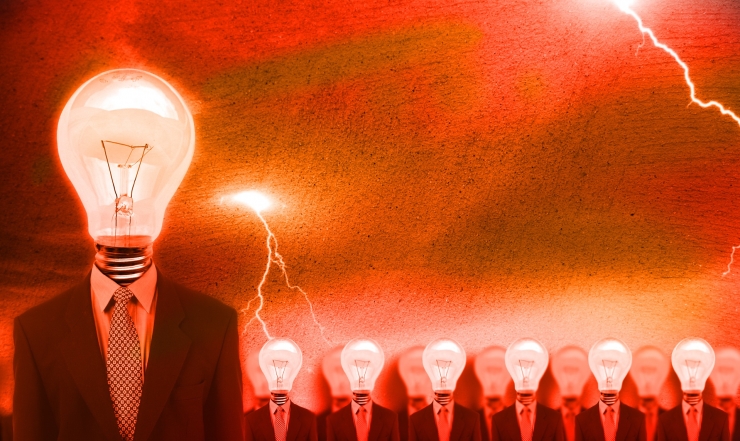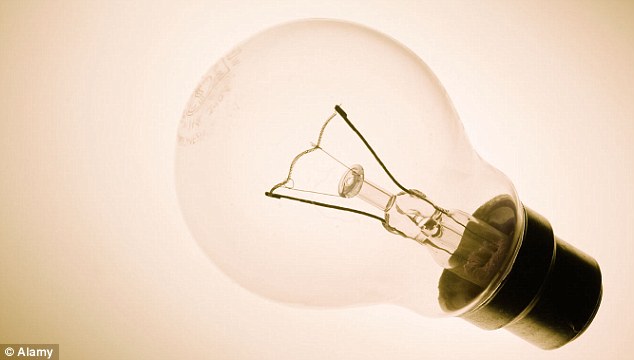Chinese Scientists Invent World's First Wi-Fi-Emitting Lightbulb. It's Called Li-Fi
Using technology dubbed Li-Fi, scientists have pulled off getting online four computers under a one-watt LED lightbulb, which could eventually be a more cost-effective alternative to Wi-Fi in the country.
A group of scientists in China have invented the world's first lightbulb that emits its own wifi signal
Researchers at Fudan University in Shanghai, have developed a prototype for the new technology, which they have aptly named Li-Fi. Experts claim the micro-chipped LED bulb works even better than the average wireless internet connection in China.
As many as four devices near the lightbulb can connect to its signal using light frequencies rather than radio waves, according to Gizmodo.
dailymail.co.ukExperts claim the device works faster than the average internet connection in China
The bulb itself is embedded with a microchip that produces its signal, which at 150 megabites per second, is considerably faster than the average wifi connection in the country.
zdnet.comNext month researchers will unveil 10 sample lightbulbs and their accompanying kits at the International Industry Fair in Shanghai next month.
dailymail.co.ukExperts suggest that this faster, cheaper and more energy efficient way of connecting to the internet could become common practice in Chinese homes, where more and more people are abandoning traditional lightbulbs in favour of LEDs
zdnet.comHowever, there is still a long way to go in making Li-Fi commercially successful
"If the light is blocked, then the signal will be cut off," Professor Chi Nan explained.
The professor added the development of key related technologies were still in the experimental phase, such as light communication controls, microchip design and manufacturing.
The term Li-Fi was coined as early as 2011 by Harald Haas, a professor of engineering at Edinburgh University, with the name standing for "light-fidelity".
The technology made use of LED bulbs that glow and darken faster than the human eye can see, and LED lights being semiconductors could be programmable.
zdnet.comHaas had suggested that the applications and capacity for data would be limitless, ranging from using car headlights to transmit data, or employing line of sight light sources as data transmitters.
Li-Fi reportedly only uses five per cent of the energy required to power other wifi-emitting devices which rely on cooling systems to supply internet to cell towers and stations.
dailymail.co.uk

